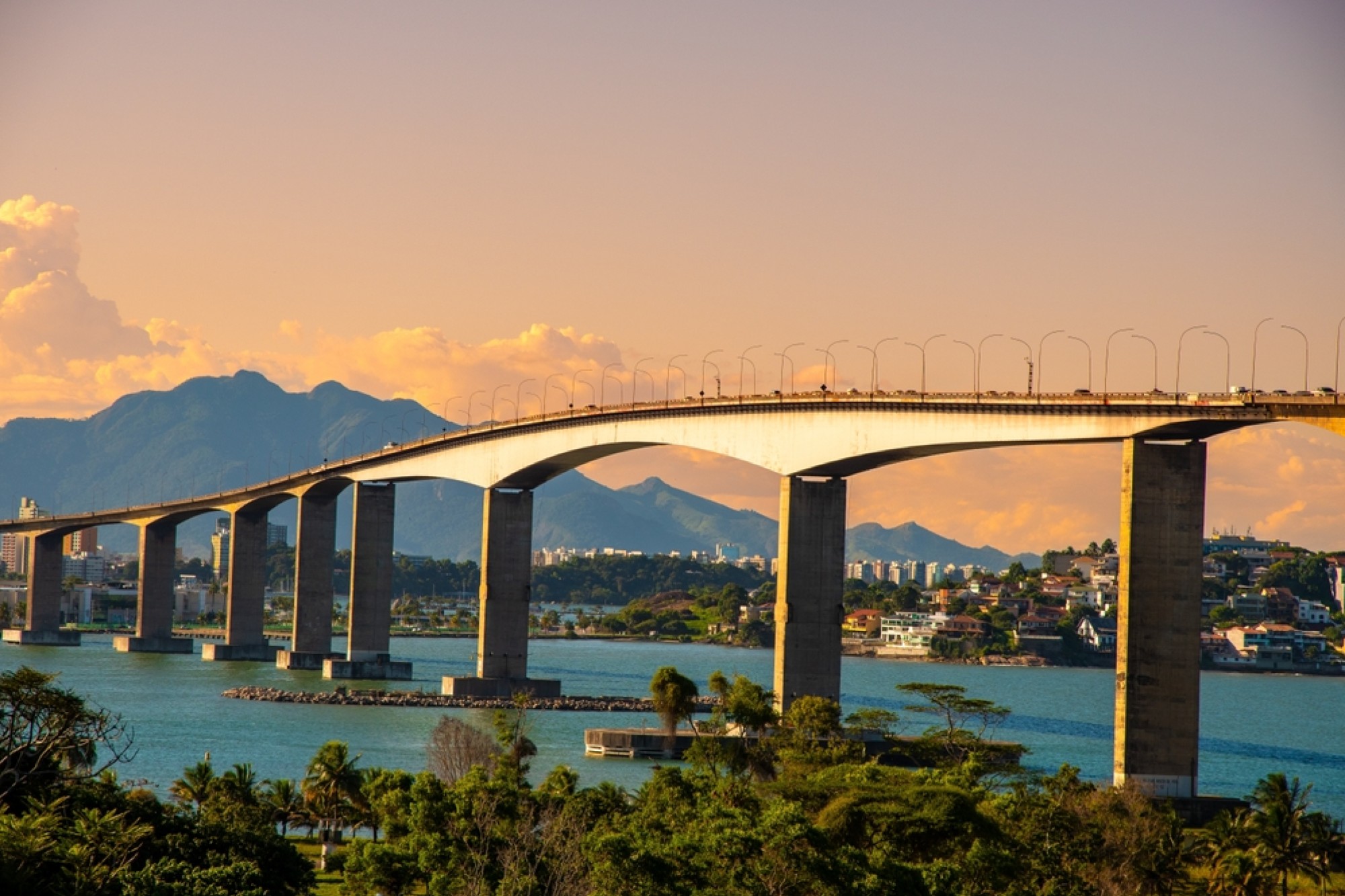NH-48 bridge improves Mumbai-Ahmedabad rail connectivity

The Mumbai-Ahmedabad bullet train project achieves a milestone with the completion of a crucial NH-48 bridge that demonstrates innovative construction methods.
A major milestone in the Mumbai-Ahmedabad Bullet Train Project is reached with the completion of a 210-meter-long pre-stressed concrete (PSC) bridge over National Highway-48 (NH-48) in Dabhan village, near Nadiad, Kheda district, Gujarat. The bridge connects the Anand and Ahmedabad bullet train stations and is a critical component of the high-speed rail network being built to provide connectivity between two of India’s main business areas.
The bridge is constructed utilising the Balanced Cantilever Method, which is ideal for bridges with longer spans. The project consists of 72 precast parts divided into four spans: 40 metres, 65 metres, 65 metres, and 40 metres. This structure is a crucial component of the complicated engineering necessary to carry out the high-speed rail project, which is expected to transform travel between Mumbai and Ahmedabad.
The Balanced Cantilever Method is especially crucial for high-speed rail infrastructure because it enables the building of greater spans without the need for temporary supports in the sea or difficult terrain. Because of its reliability and effectiveness, this technology is widely employed in massive infrastructure projects around the world. The completion of this bridge demonstrates the innovative construction processes used in the Mumbai-Ahmedabad Bullet Train Project, which aims to significantly shorten travel times between the two cities.
The Mumbai-Ahmedabad high-speed rail is expected to cover the 508-kilometre distance in under three hours, significantly shortening travel times when compared to current road and rail options. The bridge over NH-48 is one of many infrastructural components critical to the project’s success, which is expected to benefit millions of commuters and improve regional connectivity.
The completion of this bridge is just one of many recent developments in the continuing high-speed rail project between Mumbai and Ahmedabad. So far, great progress has been made in the construction of numerous railway components, such as viaducts, girders, and piers. 253 kilometres of viaduct work, 290 kilometres of girder casting, and 358 kilometres of pier construction have been completed. In addition, bridges spanning 13 rivers and five steel bridges have been completed.
Noise barriers are being built throughout about 112 kilometres of the project route, reducing noise pollution and improving the quality of life for people along the train’s path. Track building has also begun at several locations in Gujarat, signalling the start of the last phase of rail laying. In addition to surface construction, tunnelling activities are underway. A 21-kilometre tunnel is being built between Bandra Kurla Complex (BKC) and Thane in Maharashtra, and it will be an important portion of the train route that runs through densely populated urban regions.
Seven mountain tunnels in Palghar district, Maharashtra, are being built utilising the New Austrian Tunnelling Method (NATM). One mountain tunnel in Gujarat’s Valsad district is currently complete. These tunnels are critical for sustaining the train’s high-speed, smooth operation because they allow the rail line to travel across the region’s diverse and often difficult terrain.
The Mumbai-Ahmedabad High-Speed Rail (MAHSR) project is expected to have a significant economic impact on the region by connecting the rapidly expanding business centres of Mumbai, Surat, Vadodara, and Ahmedabad. According to a feasibility study completed by the Japan International Cooperation Agency (JICA), the project’s Economic Internal Rate of Return (EIRR) is expected to be 11.8 percent, demonstrating the rail network’s strong economic potential.
Once completed, the Mumbai-Ahmedabad bullet train would provide a faster, more efficient form of transportation for passengers; it will help boost the economy by strengthening trade and business linkages between two important economic hubs. The construction of the 210-metre bridge across NH-48 marks a crucial milestone in the ambitious Mumbai-Ahmedabad Bullet Train Project. With ongoing work on viaducts, tunnels, and tracks, the project is poised to become India’s premier high-speed rail venture.
As development continues, the promise of speedier, more efficient travel between Mumbai and Ahmedabad puts India closer to realising its ambition of world-class, modern transportation infrastructure. This landmark project serves as a blueprint for future rail projects, and it demonstrates India’s commitment to sustainable, high-speed transportation.
Cookie Consent
We use cookies to personalize your experience. By continuing to visit this website you agree to our Terms & Conditions, Privacy Policy and Cookie Policy.








